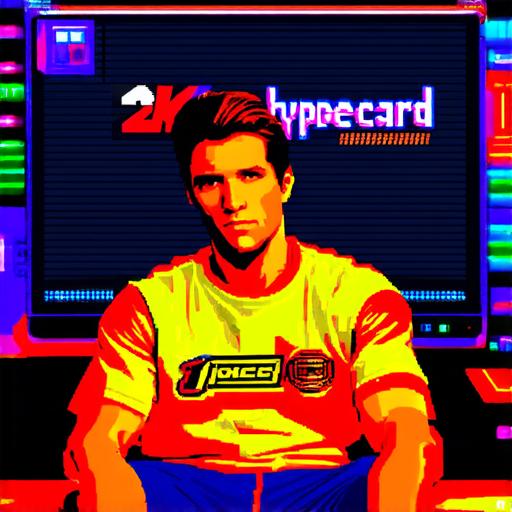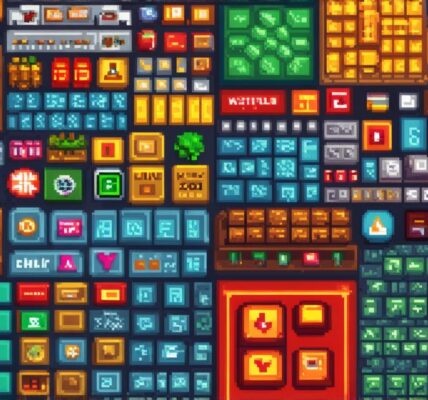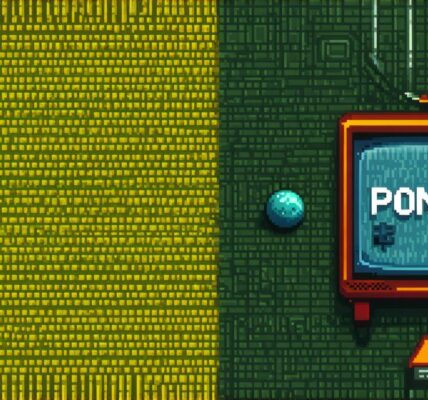
The video game industry in the 1990s was a time of innovation and growth. With new technology came new ways to create immersive gaming experiences, and one of the most popular platforms for creating games was HyperCard.
HyperCard: The Founding Platform of Video Games
HyperCard was a platform developed by Apple in the early 1980s that allowed users to create interactive multimedia experiences. It quickly became popular among educators and developers, and its popularity continued into the 1990s when it was used to create video games. HyperCard allowed developers to create interactive games that could be played on a variety of devices, including computers, smartphones, and tablets.
One of the key features of HyperCard was its ability to handle multimedia content, including images, videos, and sound. This made it possible for developers to create highly immersive gaming experiences that were unlike anything that had come before. Additionally, HyperCard’s support for hyperlinks allowed developers to create branching narratives and other interactive elements that added depth to the gameplay experience.
Best-Selling Video Games Based on Hypercard
While there were many video games created using HyperCard in the 1990s, some stood out as particularly popular and influential. Here are a few of the best-selling video games based on HyperCard:
-
“Myst” – “Myst” was a puzzle-adventure game created by Cyan Worlds in 1993. The game took place in an ancient, mysterious world filled with puzzles and hidden secrets that players had to uncover in order to progress. The game’s use of HyperCard allowed it to incorporate a wide range of multimedia content, including images, videos, and sound effects, which helped to create a highly immersive gaming experience.
-
“King’s Quest” – “King’s Quest” was a series of adventure games created by Sierra On-Line in the 1980s and 1990s. The games featured a wide range of puzzles, riddles, and challenges that players had to overcome in order to progress through the game’s story. The use of HyperCard allowed the games to incorporate multimedia content, including images and sound effects, which helped to create a more engaging and immersive gaming experience.
-
“The Phantom Tollbooth” – “The Phantom Tollbooth” was an educational game created by Sierra On-Line in 1980. The game took place in a fantasy world where players had to solve puzzles and riddles in order to progress. The use of HyperCard allowed the game to incorporate multimedia content, including images and sound effects, which helped to create a more engaging and immersive learning experience.
-
“The NeverEnding Story” – “The NeverEnding Story” was an adventure game created by Sierra On-Line in 1989. The game was based on the popular children’s book of the same name, and players had to explore a magical world filled with creatures and challenges in order to defeat an evil sorcerer. The use of HyperCard allowed the game to incorporate multimedia content, including images and sound effects, which helped to create a more immersive gaming experience.
The Impact of Hypercard on Video Games
HyperCard had a significant impact on the video game industry in the 1990s. Its ability to handle multimedia content and support for hyperlinks allowed developers to create highly immersive gaming experiences that were unlike anything that had come before. Additionally, the platform’s popularity among educators and developers helped to bring attention to the potential of interactive multimedia as a medium for storytelling and learning.
In conclusion, HyperCard was a groundbreaking platform that allowed developers to create some of the best-selling video games from the 1990s.




